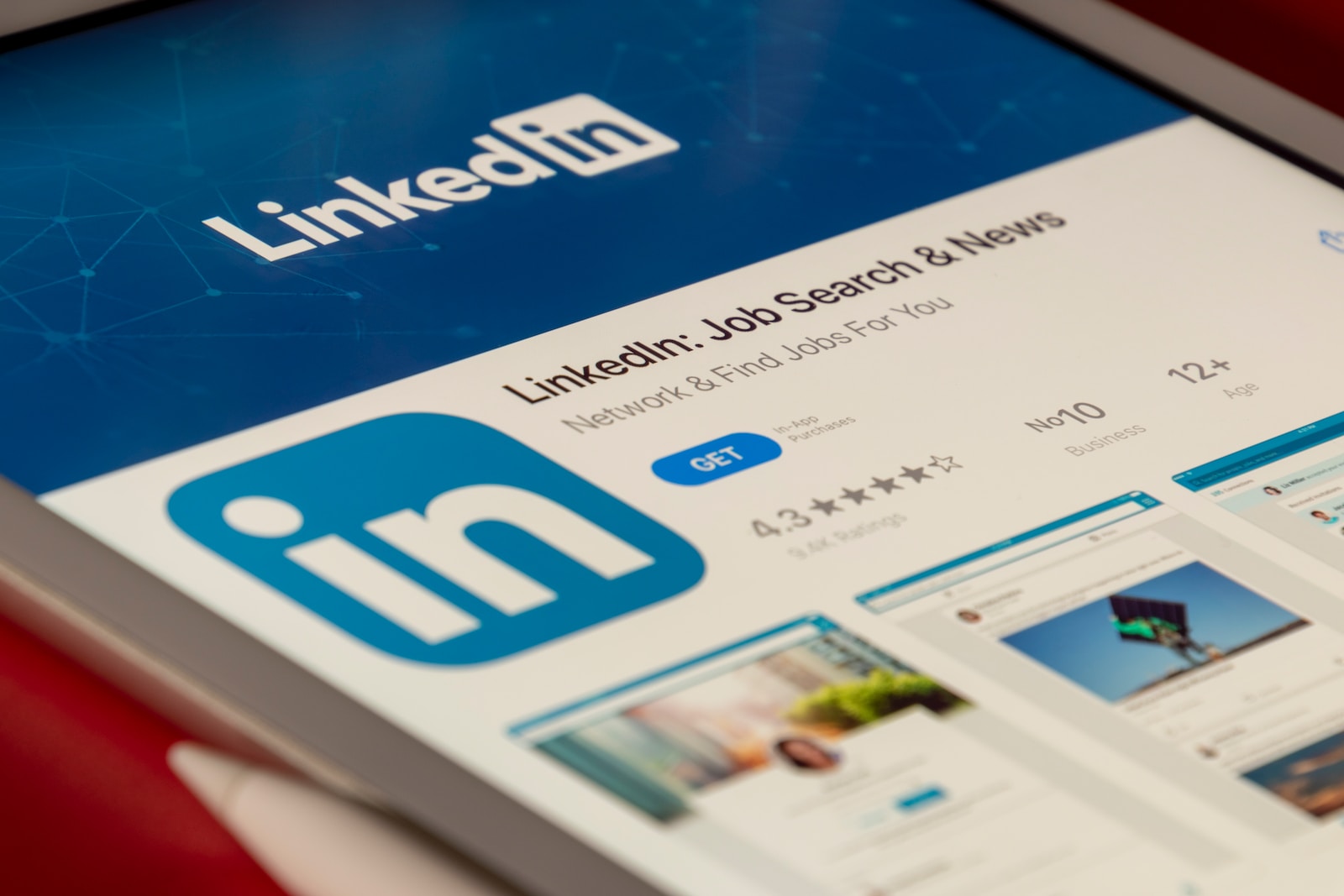Why are subscription-based business models not very successful for social media platforms?
Social media platforms have become an integral part of our daily lives, offering us a space to connect, share, and interact with people and content from around the world. Traditionally, these platforms have been free to use, relying on advertising revenue to sustain their operations. However, in recent years, there has been a growing interest in subscription-based models as an alternative revenue source. This shift has sparked a debate within the industry about the viability and impact of such models. While this model has been successful in sectors like streaming services (Netflix, Spotify), its adoption in social media has been met with mixed results. In this article, we will explore the challenges that subscription-based model face for social media platforms.
Key takeaways
Advantages of subscription-based models
- Recurring revenue: Subscription models generate recurring revenue, which can be more stable and predictable than advertising revenue. It can help social-media platforms to better plan their finances and invest in new features and improvements.
- Reduced ad clutter: Subscription-based models can reduce ad clutter, which can improve the user experience.
- Improved content quality: Subscription models can incentivize social media platforms to improve the quality of their content. It can allow social media platforms to offer more personalized and curated experiences for users.
- Increased user engagement: By offering premium features, platforms can potentially increase user engagement. Subscription models can encourage users to engage with social media platforms more frequently, as they will be paying for access to exclusive content or features.
Challenges subscription-based models face
- High churn rate: Subscription models can have a high churn rate, meaning that many users will cancel their subscriptions after a short period of time. This is because users may not see enough value in the subscription to justify the cost.
- Limited Traction: As observed with YouTube Premium and Twitter’s Blue Tick account, not all users are willing to pay for social media. Many users are content with the free, ad-supported version.
- Competition: There is increasing competition from other social media platforms, many of which offer free content. This can make it difficult for subscription-based social media platforms to attract and retain users.
- Content Quality: For a subscription model to work, the quality of content or features needs to be significantly higher than what’s available for free. If users don’t perceive an improvement in quality, they’re unlikely to pay.
Stability and Predictability of Revenue

There are some major benefits for the social media platforms in providing an ad-free and premium subscription-based service. Subscription models generate recurring revenue and reduce reliance on advertising. Subscription-based revenue model can be more stable and predictable than advertising revenue. The promise of stable and consistent revenue is one of the most significant advantages of subscription-based model.
Unlike advertising, which can fluctuate based on market conditions and user engagement, subscription fees provide a consistent stream of income. Moreover, a subscription model can reduce a platform’s vulnerability to external factors that affect the advertising industry, such as changes in privacy regulations, shifts in user behaviour, or economic downturns. This financial stability allows social media platforms to plan their budgets, invest in new features, and make long-term strategic decisions with confidence.
User Expectations
A substantial hurdle for social media platforms considering subscription-based models is user expectations. Social media platforms have traditionally been free to use, and users have become accustomed to accessing these platforms without any monetary cost. As a result, introducing a subscription fee can lead to resistance from users who expect free access. Convincing users to pay for a service they previously accessed for free is a formidable challenge.
To address this challenge, social media platforms must carefully communicate the value proposition of their subscription offering. They need to demonstrate how the premium features or ad-free experience enhance the user experience. Additionally, they can consider offering a tiered model, where basic access remains free, but users can opt for a premium subscription for added benefits.
Intense Competition
Social media is a highly competitive market, with numerous platforms vying for users’ attention. Many platforms offer similar features and functionalities, making it challenging to convince users to pay for a subscription when they have free alternatives available. This competition forces social media platforms to offer compelling value propositions to justify subscription fees.
To stand out in a crowded market, platforms must differentiate their premium offerings. This can include exclusive content, advanced features, enhanced privacy controls, or a superior user experience. Additionally, partnerships with content creators, celebrities, or influencers can help attract subscribers looking for unique and engaging content.
Mixed Success of Subscription Models

The track record of subscription-based models in the social media realm is mixed. While some platforms have succeeded in implementing such models, others have struggled to gain traction. For instance, YouTube Premium, which offers an ad-free experience and exclusive content, has not achieved widespread adoption. Similarly, Twitter’s (now X) Blue Tick subscription service did not garner significant interest. These examples demonstrate that the success of a subscription model depends on various factors, including user demand and the perceived value of the premium offering.
Some Data Insights
What percentage of all users on Twitter and YouTube have subscribed to premium membership?
- Twitter: Twitter (now X) has not released any official numbers. However, some estimates suggest that there are around 640,000 Twitter Premium subscribers. This is out of a total of over 229 million daily active users, which means that around 0.28% of Twitter users subscribe to Premium.
- YouTube: According to YouTube, it has over 80 million YouTube Premium subscribers. This is out of a total of over 2.5 billion active monthly users, which means that 3.2% of YouTube users subscribe to Premium.
It is important to note that these are just estimates, and the actual percentage of users who have subscribed to premium membership on Twitter and YouTube may differ.
Platforms must carefully evaluate whether their user base values the benefits of a subscription model. This assessment includes understanding user preferences, conducting market research, and identifying the specific pain points that a subscription offering can address. Furthermore, effective marketing and promotion are essential to create awareness and interest in the premium service.
Also read: 10 Engaging Content Ideas for Social Media Posts
User Preferences
User preferences play a crucial role in the success of subscription-based models. Research suggests that many users are willing to tolerate some level of advertising in exchange for free access to content. However, if the quality of content and the ad-free experience improve significantly, a subset of users may be willing to pay for a premium membership. Striking the right balance between ads and premium content is crucial for the success of subscription-based models for these platforms.
To effectively cater to user preferences, platforms should provide flexibility in their subscription offerings. This can include options for ad-free browsing, access to exclusive content, enhanced privacy controls, and advanced features. By allowing users to customize their experience, platforms can attract a broader audience.
There’ve Been Some Success Stories
While subscription-based models face challenges in the social media space, some platforms have successfully implemented them. What sets these platforms apart is their ability to offer unique and valuable content that is not available for free elsewhere. They have also cultivated strong relationships with their user base, fostering a sense of community and loyalty that makes users more willing to pay for access to exclusive content.
Some notable success stories:

- LinkedIn Premium: LinkedIn offers a subscription-based service called LinkedIn Premium. This service provides users with additional features and tools to enhance their professional networking and job-seeking experience. Subscribers can access features like InMail, which allows them to send messages to people outside their network, and see who viewed their profiles.
- Twitch: While Twitch is primarily known as a live streaming platform for gamers, it also offers a subscription service called Twitch Subscriptions. Viewers can subscribe to individual streamers’ channels for a monthly fee, which grants them benefits like ad-free viewing, emotes, and subscriber-only chat.
- Substack: Substack is a platform that enables writers and journalists to launch their own newsletters with a subscription-based business model. Writers can charge a monthly or annual fee for premium content, and readers receive exclusive access to in-depth articles, essays, and newsletters. As of September 2023, Substack has over 1 million paid subscribers.
These success stories demonstrate that subscription models can thrive when they meet users’ needs and preferences. To replicate this success, social media platforms should focus on delivering genuine value to their subscribers. This value can take various forms, such as access to premium content, enhanced features, improved user experience, or a sense of belonging to an exclusive community.
Conclusion
Subscription-based models hold both promise and challenges for social media platforms. The appeal of stable and predictable revenue is enticing, but platforms must navigate the complexities of user expectations, competition, and user preferences. While some platforms have found success in this endeavor by offering exclusive content and fostering strong user relationships, others have struggled to gain a foothold.
Ultimately, the viability of subscription-based models in the social media space will depend on the ability of platforms to strike the right balance between free access and premium offerings while providing compelling value to their users. Albeit, subscription-based models have their challenges, they represent a potential avenue for social media platforms to diversify their revenue streams and reduce reliance on advertising. As the social media landscape continues to evolve, platforms will need to adapt to changing user expectations and market dynamics to thrive in an increasingly competitive environment.